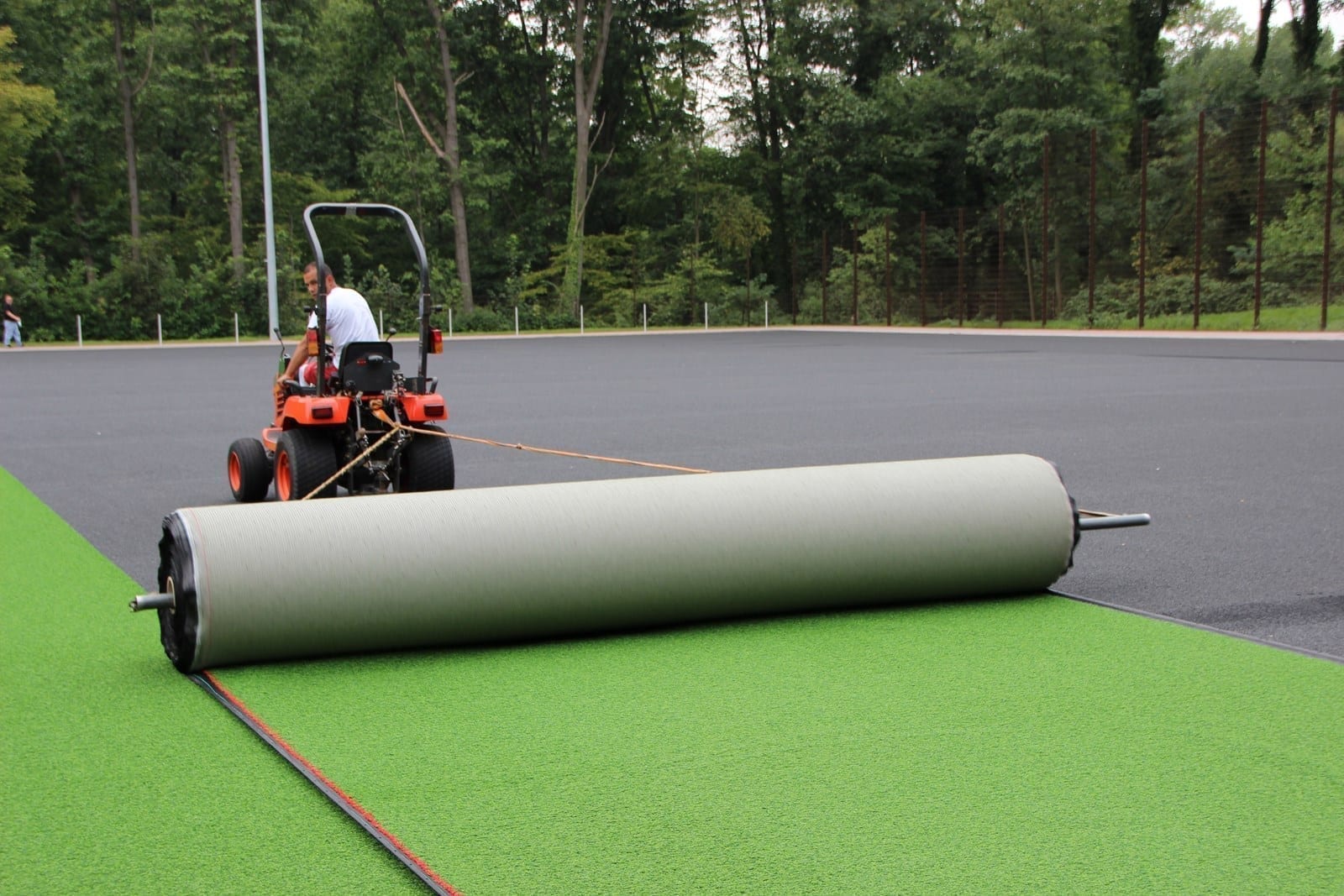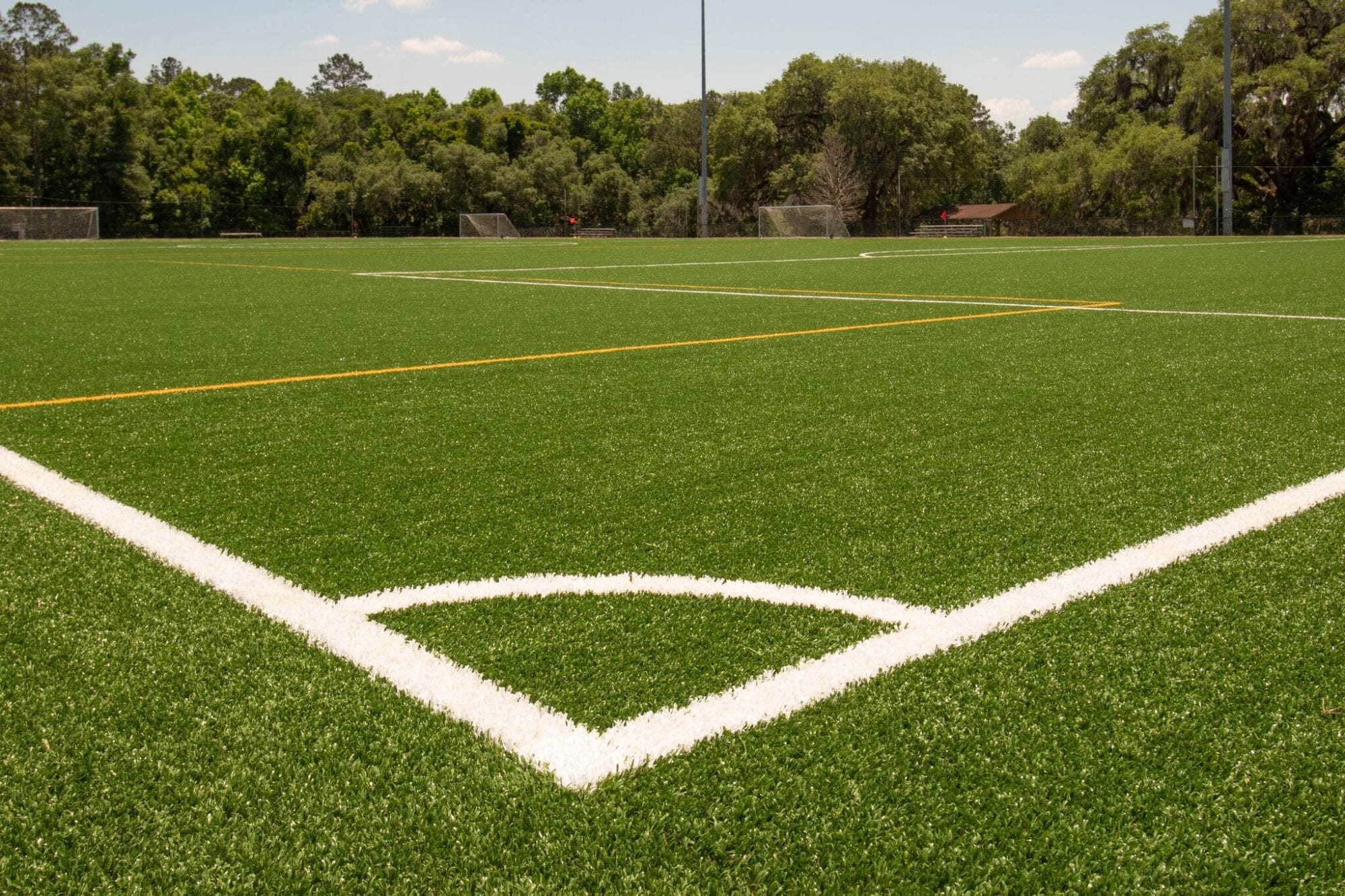Upgrade Your Outdoor Space with Arizona Artificial Turf for a Evergreen Green Look
Upgrade Your Outdoor Space with Arizona Artificial Turf for a Evergreen Green Look
Blog Article
Explore the Environmental Benefits of Opting for Synthetic Grass Solutions
The fostering of man-made turf options offers a compelling opportunity to resolve pushing environmental difficulties. By considerably lowering water usage and minimizing the application of dangerous chemicals, these alternatives not only promote lasting landscaping yet additionally secure regional communities. In addition, the reduced carbon footprint connected with decreased upkeep tasks contributes to a more lasting method to land monitoring. The ramifications of these benefits expand beyond mere conservation initiatives, elevating concerns regarding their lasting influence on habitat preservation and total ecological equilibrium. Checking out these dimensions exposes an intricate interplay worth taking into consideration.
Water Preservation Conveniences
One of the most significant benefits of man-made grass is its ability to save water. In contrast, synthetic turf does not need watering, dramatically decreasing the general need for water resources.
By removing the need for routine watering, synthetic grass adds to sustainable landscape practices and aids reduce the environmental influence of excessive water usage. The conservation of water expands to the decrease of drainage, which can lead to soil disintegration and waterway air pollution.
Furthermore, the setup of fabricated lawn enables communities and property owners to assign water sources extra effectively, concentrating on crucial usages such as alcohol consumption water and agriculture. The change towards synthetic grass not only promotes accountable water use but additionally aligns with wider environmental objectives aimed at preserving natural deposits.
As areas progressively prioritize sustainability, the water conservation advantages of synthetic grass provide an engaging case for its fostering in commercial and residential landscaping tasks.
Decreased Chemical Use
The shift to fabricated turf considerably decreases the dependence on chemical therapies typically utilized in all-natural turf maintenance. Typical grass monitoring typically involves the application of plant foods, herbicides, and chemicals to promote growth and control bugs. These chemicals can position risks to human health and wellness, neighborhood wild animals, and the setting, adding to dirt and water contamination.
In contrast, artificial grass eliminates the need for these hazardous materials. When installed, it calls for minimal upkeep, largely containing regular cleansing and occasional infill replenishment. This decrease in chemical use not just benefits the immediate environment but additionally adds to wider environmental security. By lessening the launch of synthetic substances into the ecosystem, fabricated turf advertises much healthier dirt and water systems.
Moreover, the lack of chemical drainage connected with artificial turf installations aids safeguard neighborhood waterways from contamination, sustaining marine life and preserving biodiversity. Arizona turf. As neighborhoods increasingly focus on sustainable methods, selecting synthetic grass presents a practical service that straightens with ecological conservation objectives. Via this shift, homeowner can enjoy lavish green areas without compromising environmental wellness, leading the way for a more lasting future
Reduced Carbon Footprint

Additionally, the installment of synthetic grass can result in considerable water conservation. All-natural grass need considerable amounts of water for irrigation, which not just includes in the carbon footprint connected with water removal and treatment yet additionally pressures regional water sources. On the other hand, man-made lawn requires very little upkeep, needing no watering, therefore significantly lowering water usage and its connected power expenses.
In addition, the durability of man-made grass adds to its reduced carbon impact. With a life-span of as much as 15 years or even more, the demand for frequent substitutes is decreased, leading to much less waste and lower power consumption in manufacturing and taking care of conventional yard choices. On the whole, artificial grass provides a sustainable choice for ecologically aware landscaping.
Environment Preservation
Habitat conservation is an essential consideration in the debate see this page over landscape design options, particularly when contrasting synthetic grass to natural turf. Natural turf lawns typically need extensive upkeep, consisting of the usage of pesticides, herbicides, and fertilizers, which can detrimentally impact neighborhood environments. These chemicals can leach right into the soil and waterways, damaging native plants and fauna and interfering with regional habitats.
On the other hand, synthetic grass presents a possibility to lower the ecological footprint of landscape design. By choosing artificial turf, property owners can minimize the disturbance of natural environments related to typical lawn care techniques. Synthetic grass removes the demand for harmful chemicals, therefore safeguarding neighboring wildlife and keeping the stability of bordering environments. The installment of synthetic turf can lead to the conversion of previous lawn locations into even more biodiverse landscapes, such as pollinator gardens or indigenous plant locations, which can support local wildlife.
Eventually, the shift to synthetic grass not just saves water and lowers upkeep efforts but also fosters a much more unified connection between human tasks and the native environment, advertising habitat preservation at the same time.
Long-Term Sustainability
Long-lasting sustainability is a crucial consider examining the advantages of man-made lawn over standard grass lawns. Among the address most considerable benefits of synthetic grass is its longevity; it can last approximately 15-20 years with minimal upkeep, whereas all-natural yard needs regular reseeding and substitute. This long life decreases the requirement for continuous sources, such as water, plant foods, and chemicals, which are necessary for maintaining a healthy yard yard.
In addition, synthetic grass adds to a decrease in carbon discharges associated with yard care devices. Standard lawns often call for gas-powered lawn mowers, trimmers, and blowers, every one of which contribute to air contamination. Artificial turf companies phoenix. On the other hand, synthetic grass eliminates the need for such devices, advertising a cleaner atmosphere
Furthermore, the manufacturing of synthetic turf increasingly makes use of recycled products, enhancing its sustainability profile. As suppliers adopt environment-friendly methods, the ecological footprint of synthetic grass continues to reduce.

Verdict
The adoption of fabricated turf solutions presents substantial environmental benefits, including substantial water preservation, lowered dependence on harmful chemicals, and a lower carbon footprint. Synthetic lawn help in preserving all-natural environments by reducing land disturbance and promoting long-lasting sustainability with the usage of resilient products. Collectively, these elements highlight the potential of synthetic grass to contribute favorably to ecological health and supply a viable option to typical landscaping techniques in a progressively resource-conscious world.
In comparison, fabricated grass does not require watering, dramatically decreasing the total need for water resources. By decreasing the release of synthetic substances right into the environment, synthetic grass promotes healthier soil and water systems.
Furthermore, the installation of man-made grass can result in considerable water conservation. this website In contrast, man-made turf needs minimal upkeep, calling for no watering, consequently substantially decreasing water usage and its linked power costs.

Report this page